BLOG
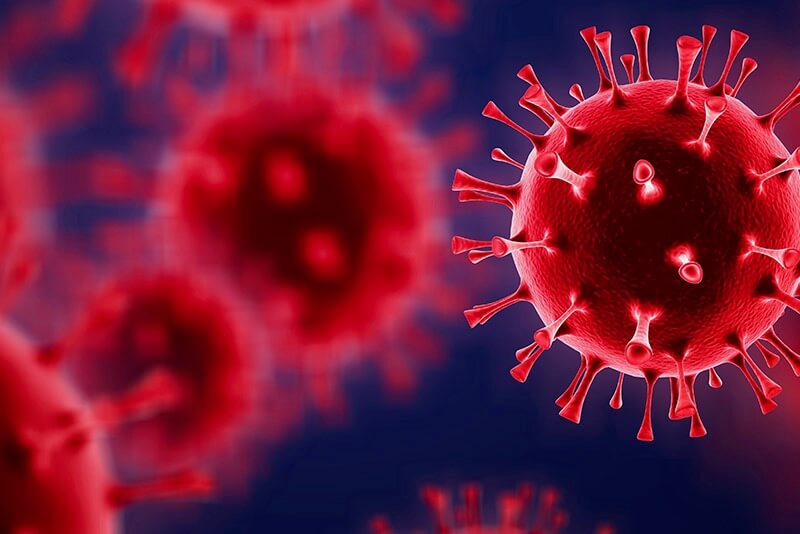
Understanding Biohazards: What They Are And How To Stay Safe
Biohazards are biological substances that pose a threat to human health and the environment. They can be found in various forms, including viruses, bacteria, toxins, human blood and blood products, animal waste, pathological waste, microbiological waste, sharps waste, moulds and yeasts, airborne pathogens and other potentially harmful substances.
In this article, we will explore the different types of biohazards, how they can impact our lives, and the steps we can take to stay safe.
Why The Need To Protect Ourselves From Biohazards?
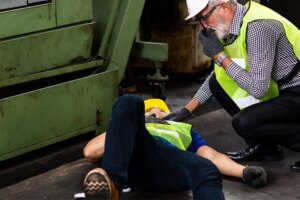
Protecting ourselves from biohazards is a critical aspect of maintaining public health and safety. Biohazards are potentially dangerous biological substances that can lead to serious health risks for individuals and communities. They can be found in various forms, including viruses, bacteria, toxins, and other harmful agents. Ensuring adequate protection against biohazards is essential for several reasons.
Effects On People & Families
Firstly, exposure to biohazards can result in severe illnesses or even fatalities, particularly in cases involving high-risk pathogens. Such illnesses can have devastating impacts on individuals and their families, leading to long-term suffering and significant medical expenses. Moreover, in certain cases, the diseases caused by biohazards may have no known cure or treatment, further emphasizing the importance of protection.
Controlling Spread
Secondly, the transmission of biohazards can lead to widespread outbreaks, epidemics, or pandemics, affecting large populations and straining healthcare systems. Such events can result in significant social, economic, and political disruption, as seen with the COVID-19 pandemic. Protecting ourselves from biohazards helps to minimise the spread of infectious agents and reduce the burden on healthcare facilities and resources.
Environmental Impact
Thirdly, some biohazards can have long-lasting environmental impacts, potentially contaminating water sources, soil, and other ecosystems. This can lead to the disruption of food chains, the decline of biodiversity, and negative consequences for human health. By protecting ourselves from biohazards, we also protect the environment and ensure the preservation of vital resources for future generations.
Workplace Health & Safety
Additionally, occupational safety is another vital reason for protecting ourselves from biohazards. Many industries, such as healthcare, research, and waste management, require workers to handle biohazardous materials regularly. Ensuring proper protection helps to maintain workplace safety and reduce the risk of on-the-job injuries and illnesses.
More Widespread Impact
Furthermore, biohazard protection measures help to prevent the accidental or intentional release of dangerous biological agents. By adhering to strict containment and handling protocols, we can minimise the risk of accidental exposure and mitigate the potential for bioterrorism incidents, which could have severe consequences on a global scale.
Classifying Biohazards: The Four Levels of Risk
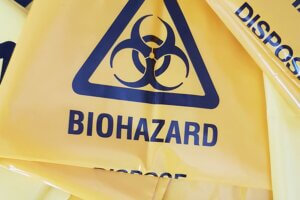
Biohazards are classified into four levels, based on the risk they pose to humans and the environment. These levels help to determine the appropriate safety measures and containment procedures required to handle these substances.
Level 1: Low Risk
Level 1 biohazards are the least harmful and include organisms that do not typically cause disease in healthy individuals. Examples include non-pathogenic strains of E. coli and Bacillus subtilis.
Level 2: Moderate Risk
Level 2 biohazards can cause mild to moderate diseases in humans and are typically transmitted through direct contact or ingestion. Examples include Salmonella, Influenza A, and Hepatitis B.
Level 3: High Risk
Level 3 biohazards can cause severe or fatal diseases in humans, and may be transmitted through respiratory routes. Examples include Tuberculosis and SARS-CoV-2 (COVID-19).
Level 4: Extreme Risk
Level 4 biohazards are the most dangerous and can cause life-threatening diseases with no known treatments or vaccines. Examples include Ebola, Marburg Virus, and Lassa Fever.
Handling Biohazards: Protective Measures and Procedures
To protect against biohazards, it is essential to follow established guidelines and procedures, which vary depending on the risk level and the specific substance involved.
Personal Protective Equipment (PPE)
PPE is essential for individuals working with biohazardous materials. This may include gloves, masks, eye protection, and protective clothing.
Engineering Controls
Engineering controls are used to minimise the potential for exposure to biohazards. Examples include biosafety cabinets, enclosed containers, and ventilation systems.
Administrative Controls
Administrative controls involve implementing policies, procedures, and training programs to ensure that individuals understand the risks and proper handling techniques for biohazardous materials.
Waste Disposal
Proper disposal of biohazardous waste is critical to preventing exposure and contamination. This includes using designated biohazard bags, sharps containers, and following local regulations for waste disposal.
Emergency Response and Decontamination
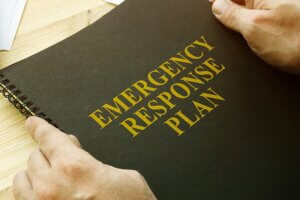
In the event of a biohazard exposure or spill, it is crucial to have a response plan in place. This may include:
- Evacuating the area
- Alerting emergency personnel
- Isolating the affected area
- Using appropriate decontamination methods, such as chemical disinfectants or autoclaving
- Calling a specialist cleaning company to handle biohazard clean up and remuneration
Preventing Biohazards: Best Practices
Preventing biohazards begins with education and awareness. Here are some best practices for staying safe:
- Understand the risks associated with specific biohazardous materials
- Always follow established protocols and procedures
- Use appropriate PPE and engineering controls
- Regularly inspect and maintain equipment
- Properly dispose of biohazardous waste
Not sure how to handle or clean up an area that’s been exposed to a biohazard? Get in touch with your local biohazard cleaning experts who can advise you on how to keep safe and what the next steps are for securing the property and safely cleaning and disposing of dangerous biohazards.
Work With Australia’s Trusted Biohazard Cleaning Specialists
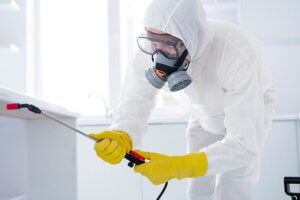
When it comes to specialist biohazard clean up and remuneration, the team at National Trauma (NTCSC) are here to help. With over 30 years’ experience in the biohazard cleaning industry, we’re known for our solid reputation within the community.
Call our team any time 24/7 to find out more and get an obligation free quote on our biohazard cleaning services.